We might take them for granted, but modern laboratory equipment and practices have been established to make scientists as safe as possible. It’s true that there are still accidents, but when you hear about the lab safety (or lack of it) in the past, you will be grateful to have been born in the 21st century! Let’s just say some of it involved ingesting chemicals and dealing with radioactive substances without any protection.
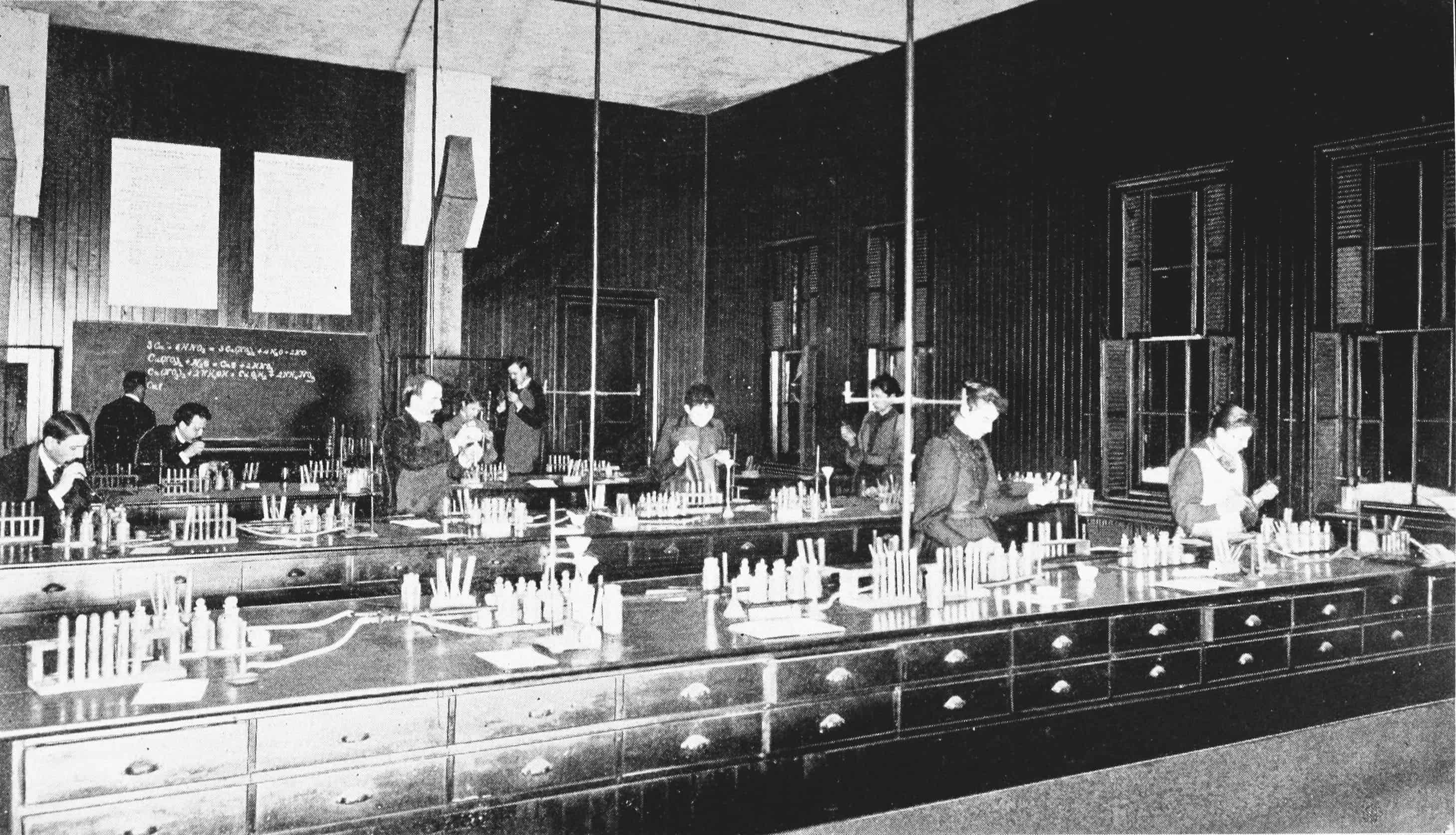
Don’t suck too hard
It’s hard to believe, but mouth pipetting used to be an extremely common technique. The pipette is a device that is present in almost every lab; is it used to precisely measure volumes of liquids. There are different types, but most labs now use pipettes that have sterile, one-use tips, and automated volume control. These were developed and became commonly used in the 1970s.
Not that long ago, at the end of the 19th and first half of the 20th century, many scientists pipetted liquids with their mouths! They took a long, thin glass tube with measurements along the side, stuck it into a beaker of liquid and sucked! The suction caused the liquid to move up the tube, like when you suck soda up a straw. The trick is to stop at your desired volume and not to suck chemicals or bacteria into your mouth. Often they would use cotton as a barrier on the top of the tube, but that didn’t decrease the risks very much.
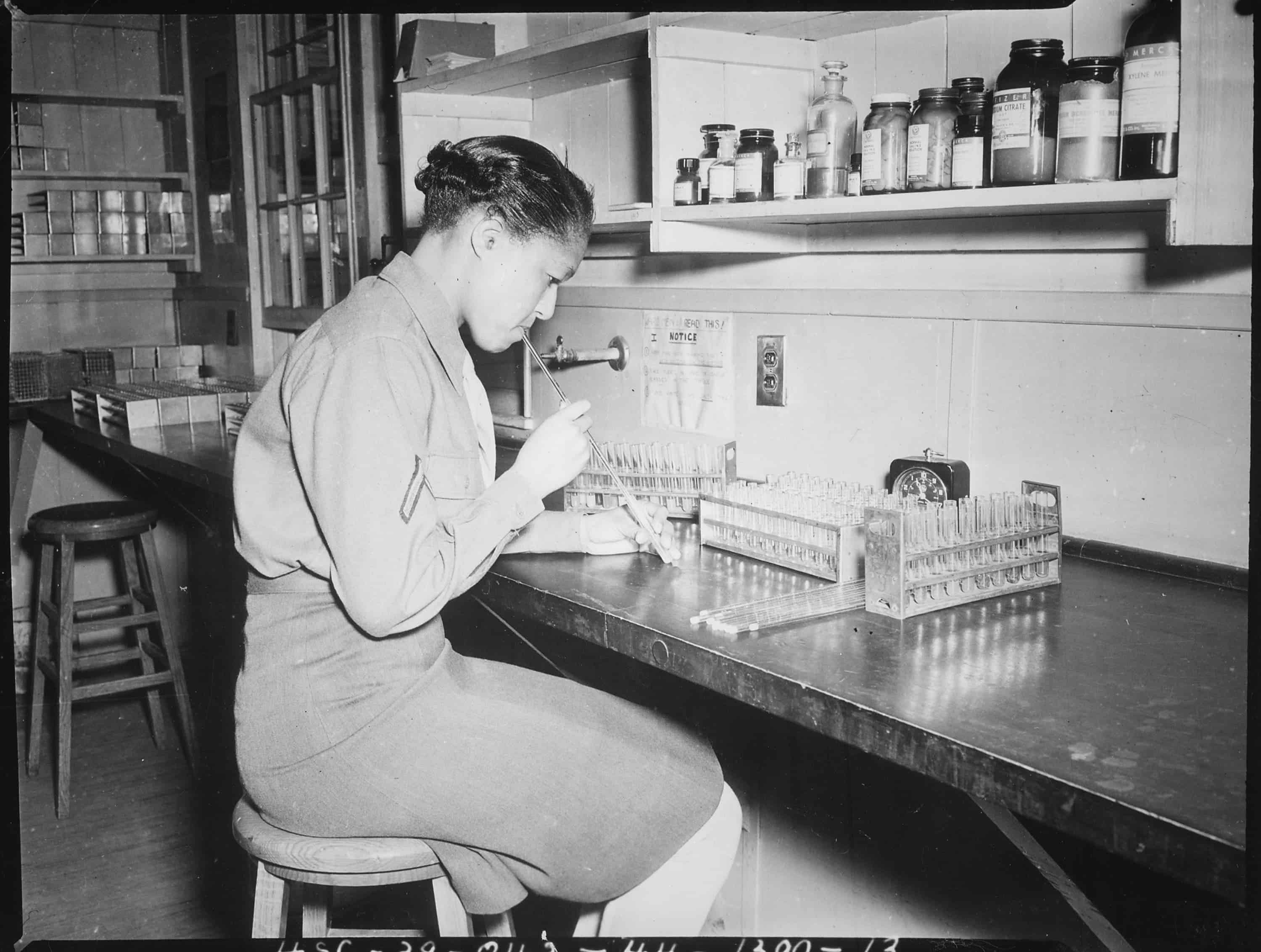
The first recorded infection due to mouth pipetting occurred in 1893 when a physician accidentally aspirated a culture of typhoid bacilli into his mouth. In 1915, 40% of lab-transmitted infections were from mouth pipetting. Fifty years later, even though the hazards were known, mouth pipetting was still a common practice. Mouth-pipetting was a very dangerous practice; for every five times someone mouth-pipetted one infection was recorded. So if you do it regularly there’s a very high probability of becoming infected. The threats aren’t just from sucking liquid into your mouth but from the vapours and carrying the infection on your fingers. Just a few of some of the microbes that have caused infections because of mouth pipetting include typhoid, salmonella, anthrax, Streptococcus, syphilis, and viral hepatitis.
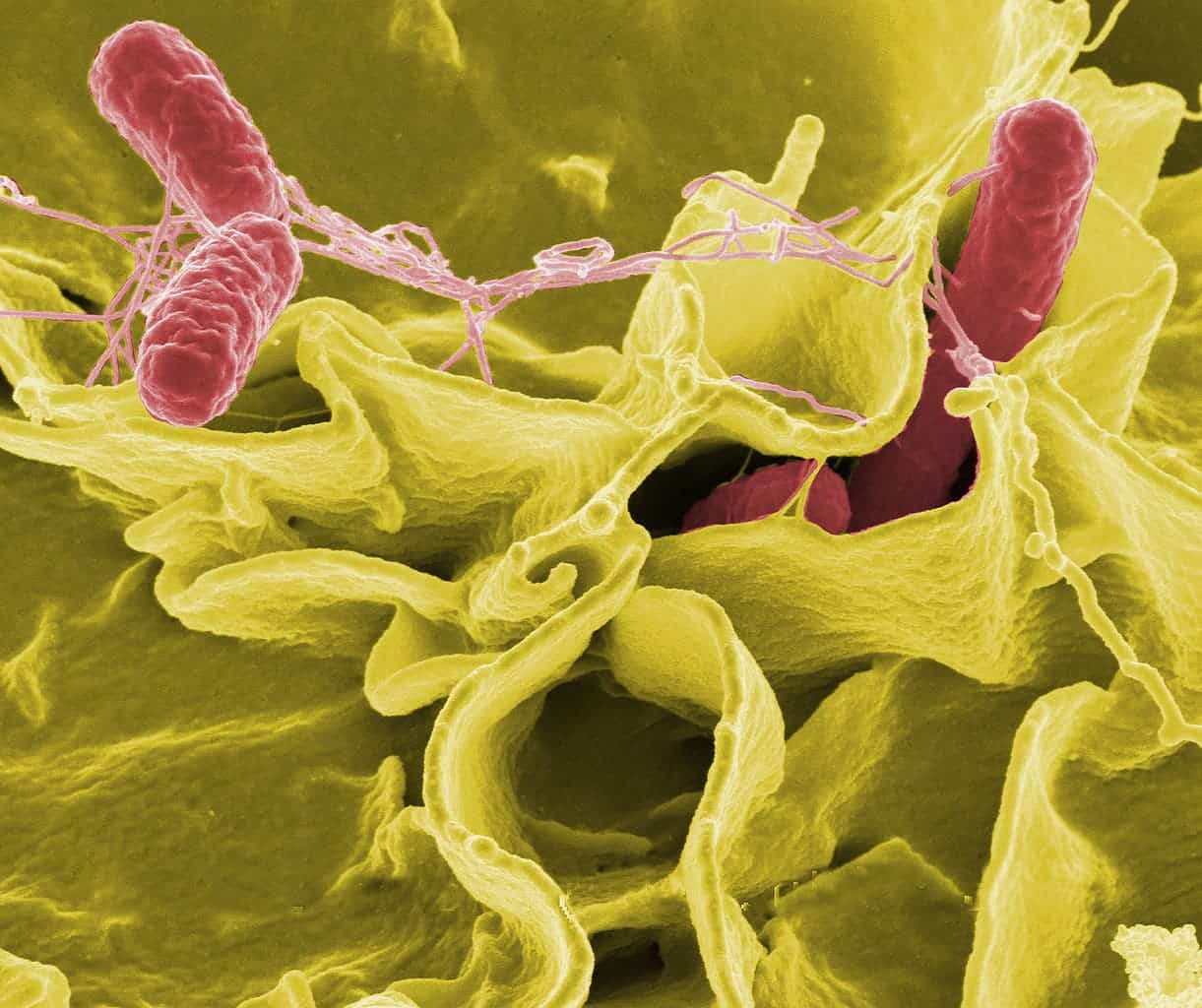
Infectious microorganisms were not the only things that were mouth-pipetted. Some substances were corrosive, toxic, and of biological origin, like blood. Some of them could cause chemical burns and poisoning. Even today, lab safety guidelines explicitly forbid mouth pipetting and recommend using a mechanical pipette, rubber pipette ball, or serological Pipet-Aid instead.
Cover your eyes!
Before tough transparent plastic was available to make safety goggles, many scientists went without eye protection when dealing with reactive substances. One example is Joseph-Louis Gay-Lussac (1778-1850) who studied the newly discovered, highly reactive element, potassium. A potassium explosion temporarily blinded him and his vision was permanently damaged. However, the glasses that he wore from then on protected him from a further explosion. Robert Bunsen (1811-1899), of Bunsen burner fame, was studying arsenic compounds. In 1843, a flask of cacodyl chloride (C2H6AsCl) exploded in his face and blinded him in one eye. Lesson learnt—always wear safety goggles when handling explosive substances!
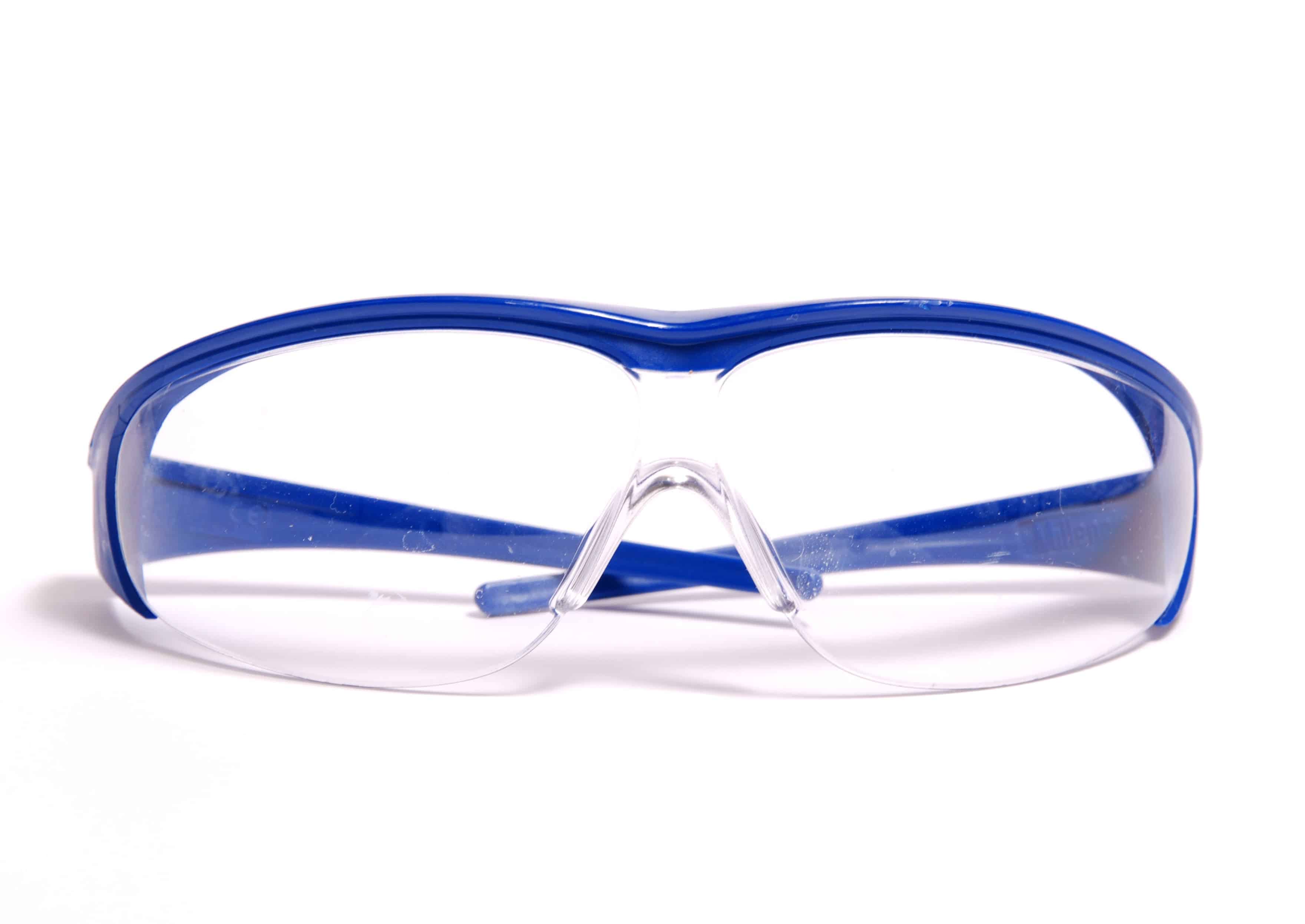
Don’t breathe the fumes
Fume hoods are now present in almost every lab; the vents suck away fumes and the glass door is only open wide enough for hands to fit through. This design minimizes the escape, and breathing in, of dangerous fumes. Cutting it close again, Robert Bunsen almost died inhaling cacodyl chloride, which in addition to being explosive also produces dangerous fumes. Another case of a scientist suffering from fumes was Humphry Davy (1778-1829) who was attempting to be the first to isolate the element fluorine, which is the most reactive non-metal. He tried to isolate fluorine through the electrolysis of dangerous hydrogen fluoride. The toxic fumes damaged his eyes and fingernails.
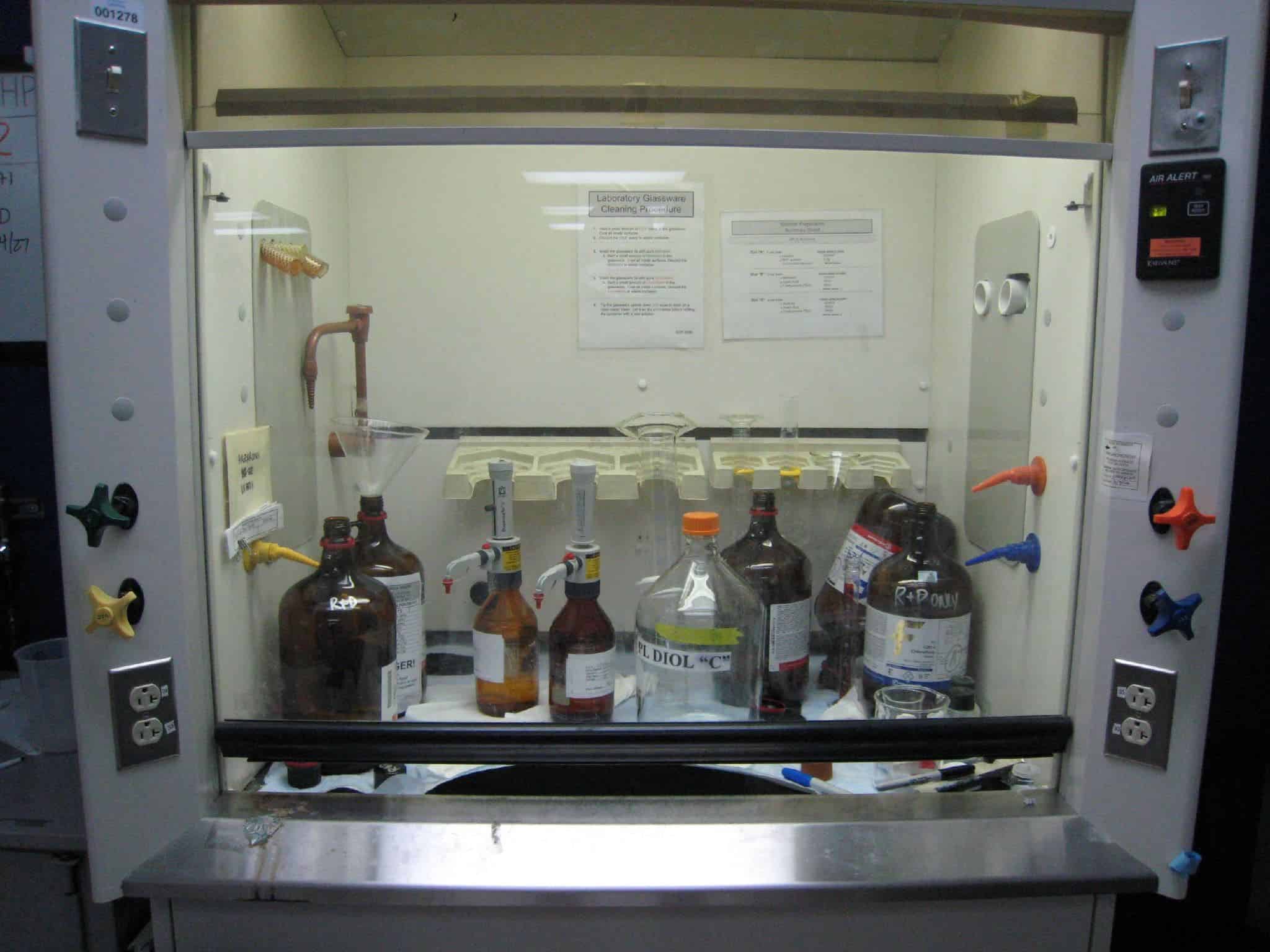
Care with chemicals
Now in labs special care is taken when handling a chemical that is a threat to human health. In the past a lot of side effects and consequences of chemicals were not known or not taken seriously.
Three scientists discovered artificial sweeteners by accident (all separate cases and different sweeteners: saccharin, cyclamate, and aspartame), after tasting a chemical left on their hands. To find out what it was they tasted all the chemicals in their lab until they found the right one that had that sweet taste. Now, the dangers of tasting unknown chemicals are stressed so much that I don’t think anyone in their right mind would do that.
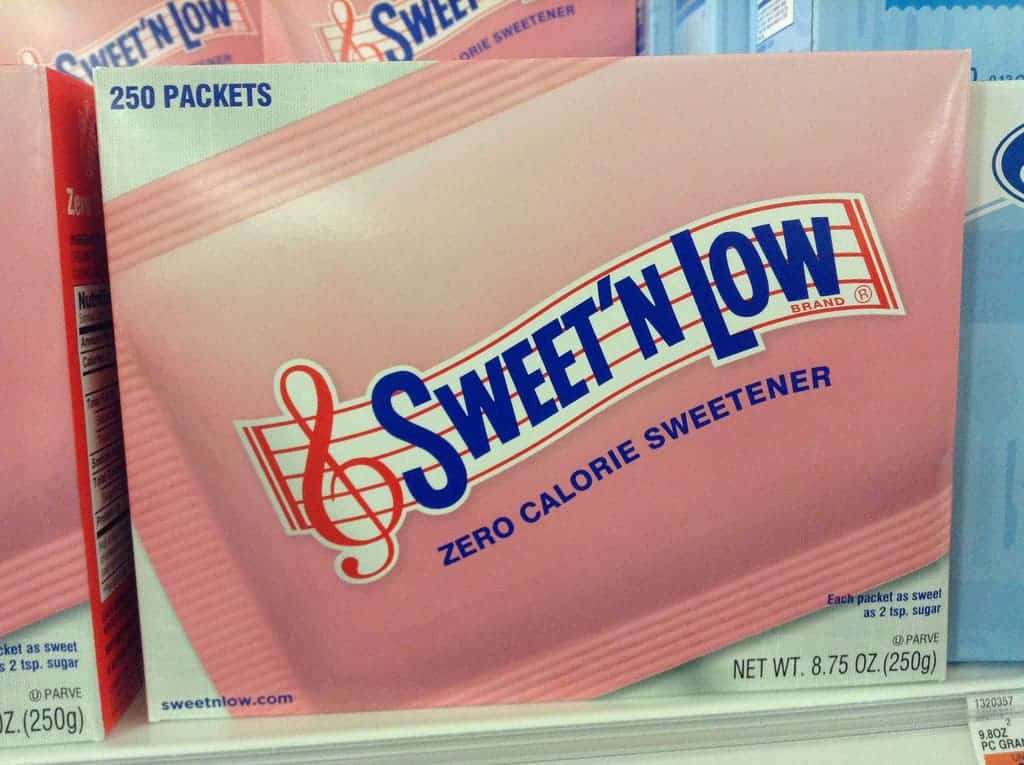
Another famous example is with Marie Curie (1867-1934) who was a pioneer for radioactivity (she even invented the word). Since she had just discovered radium, she had no idea about how hazardous it is to humans and she didn’t take any precautions when handling it. She was exposed to radiation levels so strong that nearly 100 years later, her notebooks need to be kept in a lead-lined case. She kept glass bottles of radium and polonium in her pockets and on her shelves.
“One of our joys was to go into our workroom at night; we then perceived on all sides the feebly luminous silhouettes of the bottles of capsules containing our products, it was really a lovely sight and one always new to us. The glowing tubes looked like faint, fairy lights.”―Marie Curie
Marie Curie died of aplastic anemia, which is a blood disease that can be caused by too much exposure to radiation. Many other scientists that worked alongside Marie Curie died of leukaemia or other radiation induced illnesses.

With the discovery of radium, someone had the smart idea to paint the numbers on wristwatches with radium so that they glowed. The watches became immensely popular and several factories opened that produced millions of watches. Young women painted the dials by hands, and were encouraged to shape their paintbrushes with their mouths. Basically they had no idea radium was dangerous and took no precautions. They even came home so covered in dust that they glowed in the dark. After just a few years many became ill, and some developed bone cancers and their bodies were radioactive which ultimately caused many of their deaths.

Labs are much more safe nowadays with precautions taken for safety hazards―however it’s important to take care nonetheless!


